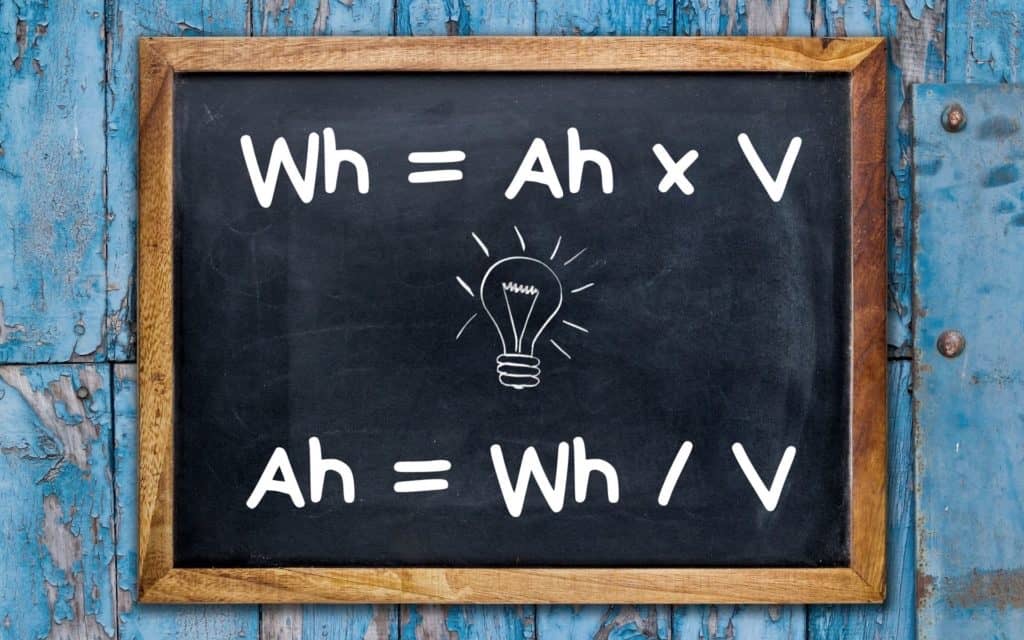Introduction
Navigating the realms of energy consumption becomes more manageable when armed with knowledge. In this article, we delve into the intricacies of convert watt hours to amp hours, shedding light on the crucial distinctions between these two vital metrics. Additionally, we explore the world of a 48v Lithium Battery Pack Factory, unraveling the benefits and insights it brings to the forefront.
Watt Hours vs. Amp Hours: Deciphering the Terms
Understanding Watt Hours
A watt hour, a fusion of watts and hours, quantifies the energy an appliance consumes in one hour. For instance, a 100-watt device running for an hour results in 100 watt-hours (Wh) of energy consumption. Watt hours prove invaluable in gauging battery capacity and estimating the operational duration of appliances.
Decoding Amp Hours
On the other hand, an amp hour measures the electric charge flowing through a circuit over an hour. Think of it as the cumulative electric current (in amps) multiplied by the runtime of devices. This metric aids in selecting the right battery capacity to ensure uninterrupted device operation.
Calculating Watt Hours and Amp Hours
Efficient energy management hinges on mastering the calculations of these metrics. For watt hours, multiply the device’s wattage by its operational hours. Amp hours, however, involve dividing the battery’s capacity (in Ah) by the current drawn (in amps). Accuracy considerations include factoring in average values and accounting for fluctuations.
Comparison for Informed Decision-Making
Watt Hours vs. Amp Hours
Comparing these metrics is pivotal for gauging energy usage accurately. While watt hours measure energy consumption per hour and consider voltage, amp hours indicate a battery’s capacity in terms of amps over an hour. Efficiency emerges as a crucial factor, highlighting the importance of both capacity and efficiency in battery performance.
Benefits of Mastering Calculations
Energy Cost Management
Calculating watt hours proves instrumental in identifying power usage patterns and managing energy costs effectively. Users can pinpoint high-consuming appliances, enabling adjustments for efficient electricity use.
Renewable Energy Planning
For users of solar panels or wind turbines, understanding these calculations aids in sizing systems appropriately. Accurate estimations of daily power needs empower users to select equipment that aligns with their requirements.
Battery Management
Knowledge of watt hours and amp hours facilitates better battery management. Planning for longer periods between charges reduces the risk of unexpected power outages, ensuring a steady power supply.
48v Lithium Battery Pack Factory: A Glimpse into the Future
In the dynamic landscape of energy solutions, a 48v Lithium Battery Pack Factory stands as a beacon of innovation. Offering product sourcing and consolidation services, these factories provide diverse solutions, such as China Lithium Golf Cart for Sale, Wholesale 300 Amp Hour Lithium Battery, Alibaba Lifepo4 Company, Lifepo4 Lithium Iron Phosphate Battery Factory, and 24v Lithium Battery Exporter.
Watts and Amp Hours: A Synthesis
In conclusion, understanding the nuances of watt hours and amp hours is pivotal for efficient energy usage. These metrics serve as guiding lights for users, offering insights into energy consumption patterns and aiding in strategic decision-making. Whether in the context of energy cost management, renewable energy planning, or battery management, accurate calculations empower individuals to take control of their energy consumption.Opting for high-quality batteries from reputable manufacturers ensures longevity and reliability. As we explore the fascinating world of a 48v Lithium Battery Pack Factory, it becomes evident that staying informed and embracing innovative energy solutions is key to a sustainable and efficient future.

